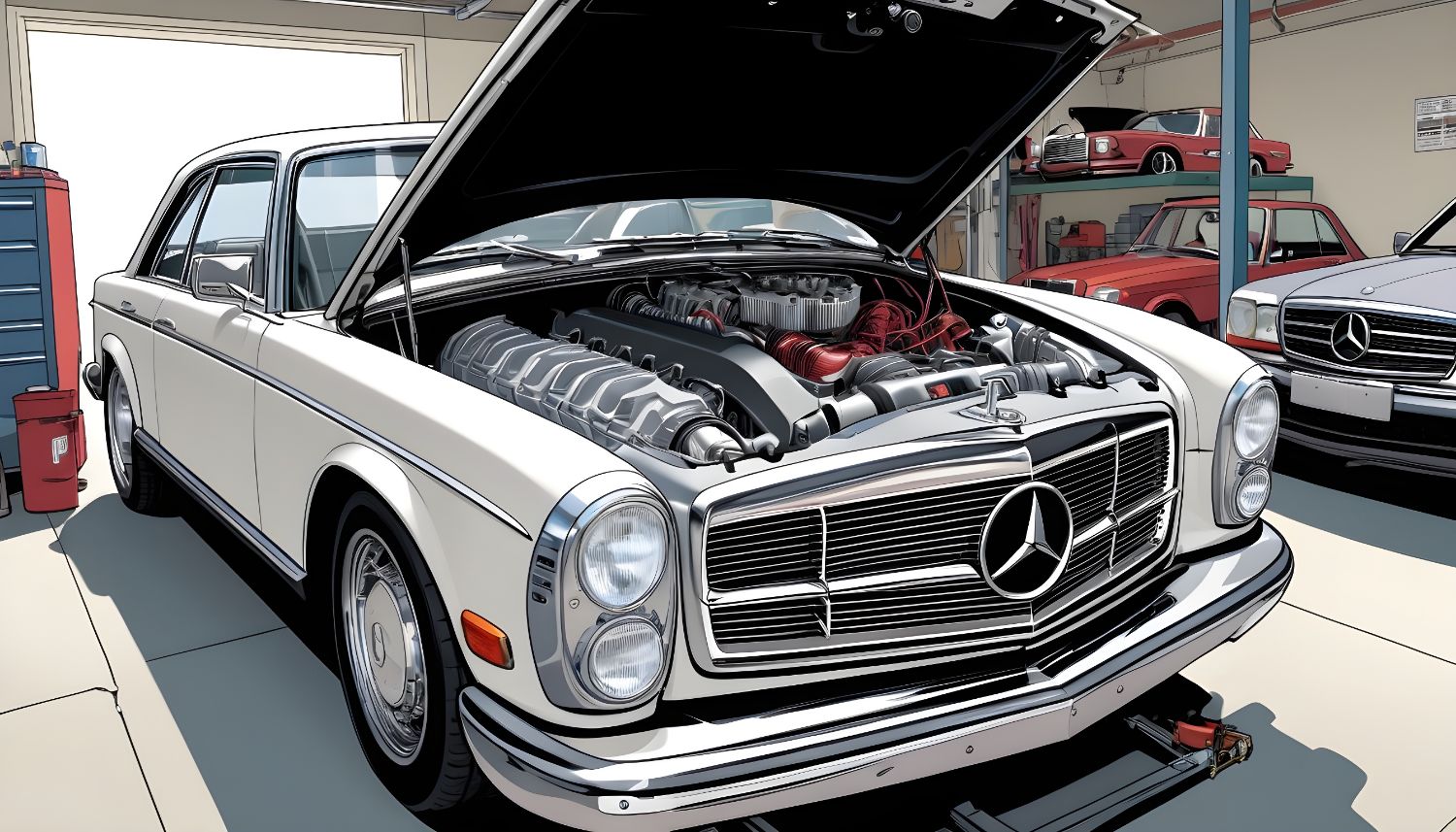
A catalytic converter reduces exhaust toxicity. This element of the exhaust system burns out toxic carbon monoxide and unburned fuel residues. Operating as a filter, it becomes worn-out. Nevertheless, throwing it away is not the appropriate option. As soon as this has happened, the catalytic converter can be sold. AutoCatalyst Market — catalytic converter scarp prices vary as they depend on their operating life and condition.
Operational requirements
The purpose of a vehicle catalytic converter is to reduce the atmospheric emission of hazardous components, which include: carbon monoxide (CO), a harmful gas, colorless, tasteless, and odorless, extremely toxic; hydrocarbon (CH), a component of smog fog formed in the air from the non-combustion of fuel particles; nitrogen oxide (NO and NO2), also a component of smog and acid rain.
Operating principle
A catalytic converter is located on the front pipe or behind it. The inner case has a honeycomb structure, which can be ceramic or metal. Honeycombs are used to increase the contact area of gases and a special surface coated with a platinum-iridium alloy. Unburned fuel touches the catalytic converter surface and is oxidized with oxygen that is present in the exhaust gas. As a result, there is heat released; the catalytic converter heats up and intensifies oxidation. If the catalytic converter operates properly, harmless gases N2 and CO2 are emitted from the vehicle’s exhaust pipe.
What can be the reason for a catalytic converter’s failure?
A catalytic converter has a ceramic or steel base coated with platinum, rhodium, palladium, which impart catalytic properties to the element. Precious materials are sensitive to lead levels in fuels and can be degraded by exposure to it. Poor quality fuel and an oxygen sensor failure are the main reasons for a catalytic converter malfunction, which begins to overheat and deteriorate. As a result, it is not only the exhaust system that is affected; a broken catalytic converter can cause such serious damage as engine failure. There is no point in repairing this element; it should be removed or replaced with a new one.
What is a catalytic converter removal procedure?
A catalytic converter can be removed; however, it is required to observe certain rules: When the catalytic converter is installed in the muffler without any additional elements, the procedures are simple: the catalytic converter can be cut out and a metal pipe shall be welded in its place. If the catalytic converter is equipped with sensors and has wires attached, after its removal, a grounding resistor shall be installed and connected to the wires. This is done so that the Check engine alert would not be displayed on the vehicle dashboard. Removing a catalytic converter equipped with a lambda probe is a much more difficult procedure. Some car owners believe that a catalytic converter can be removed easily and without consequences. But if it is just cut out, what will happen to the exhaust gases? The exhaust will immediately be emitted into the atmosphere, which is harmful to the environment and is prosecuted by law. Furthermore, exhaust emission will be accompanied by a loud sound, which is uncomfortable for the driver and for people around the vehicle.




